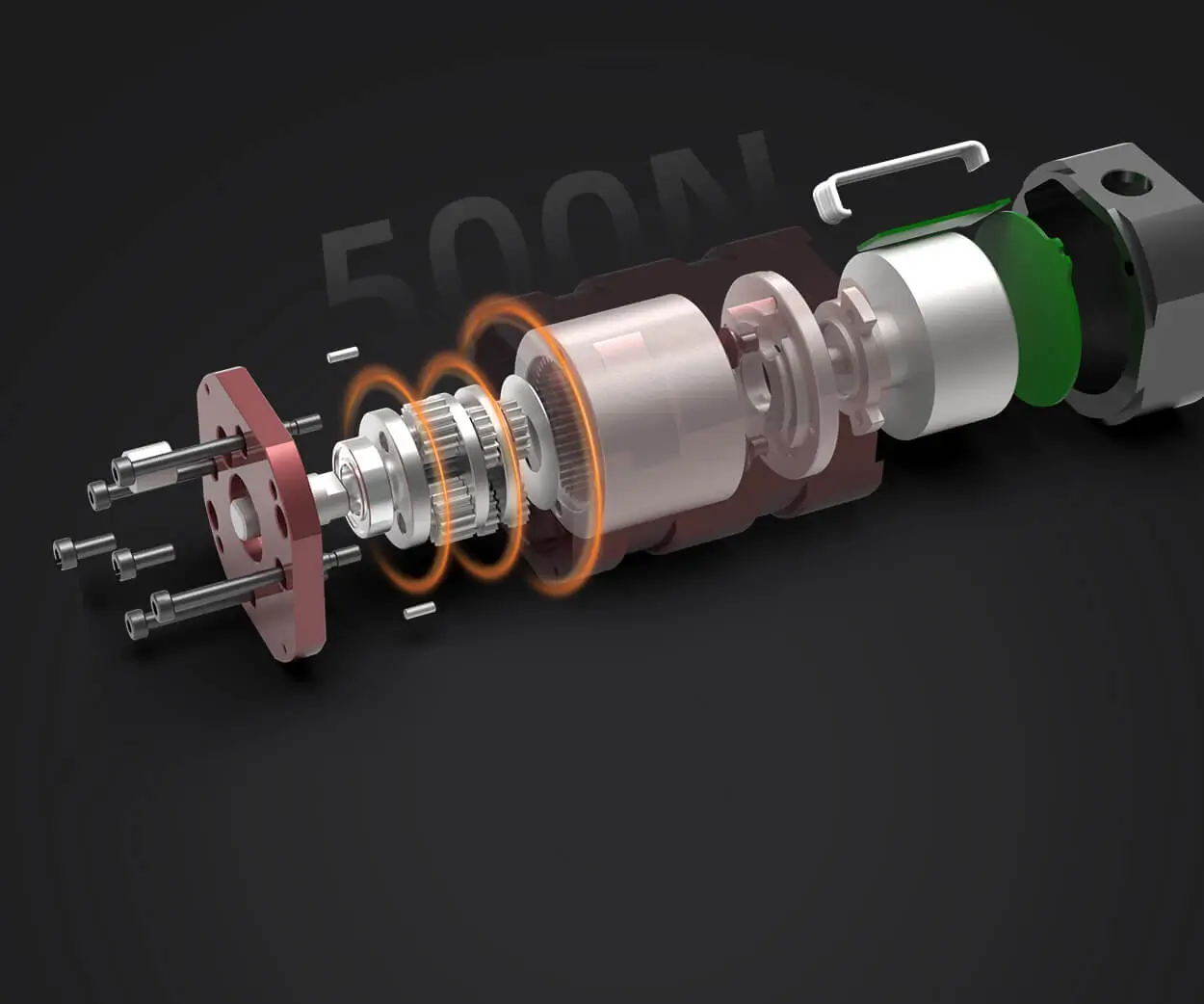Imagine you're running a bustling online store, and suddenly a surge in traffic crashes your checkout process. That's chaos, right? Now, what if I tell you there's a way to keep that chaos at bay—something that acts like a shield, preventing small failures from spiraling out of control? Enter the circuit breaker pattern, a hero in the microservices world.

Think of it like a real circuit breaker in your home. When too much current flows, the breaker trips, cutting off power to avoid a fire. Similarly, in microservices, this pattern monitors service calls, and when one is overwhelmed or unresponsive, it trips, stopping the bad requests from flooding everything else. It’s not about hiding problems but triaging them, keeping the system healthy so your users don't get that dreaded timeout page.
Here’s an example. Imagine a login service that relies on a database. If the database slows down due to a spike in requests, without a circuit breaker, the login service could hang, bringing down the entire login flow. With the circuit breaker, it detects the slowdown, trips to prevent further database calls, and then, after some time, tries again. If the database responds normally, service resumes. If not, it stays tripped. It kind of mimics a bouncer who notices a club's getting rowdy and temporarily blocks entry to cool off.
Why is this approach so vital? Because it prevents cascading failures—imagine one weak link pulling down the whole chain. Plus, it boosts resilience, ensuring that your microservices can handle unpredictable loads or service failures gracefully. You avoid a domino effect where one crash leads to many.
Curious about how it fits into a real-world system? Well, it’s all about balancing act—setting the right thresholds, timing, and fallback strategies. For instance, after the circuit trips, maybe you display a friendly message, like "Hold tight, we're fixing things." It’s not just about avoiding failure but managing user experience smartly.
Implementing a circuit breaker pattern isn’t magic, but it’s a smart move. It’s about adding a layer of defense—making sure that your microservices stay responsive even when one of them throws a tantrum. It’s kind of like having a trusted gatekeeper when your digital neighborhood gets noisy.
In the end, the power of the circuit breaker pattern isn't just in stopping failures; it’s about creating a resilient ecosystem. If you care about reliable, smooth-running microservices, embracing this pattern could be a game-changer. Think of it as an insurance plan for your digital assets, keeping everything running smoothly—even when chaos tries to sneak in.
Established in 2005, Kpower has been dedicated to a professional compact motion unit manufacturer, headquartered in Dongguan, Guangdong Province, China. Leveraging innovations in modular drive technology, Kpower integrates high-performance motors, precision reducers, and multi-protocol control systems to provide efficient and customized smart drive system solutions. Kpower has delivered professional drive system solutions to over 500 enterprise clients globally with products covering various fields such as Smart Home Systems, Automatic Electronics, Robotics, Precision Agriculture, Drones, and Industrial Automation.




































